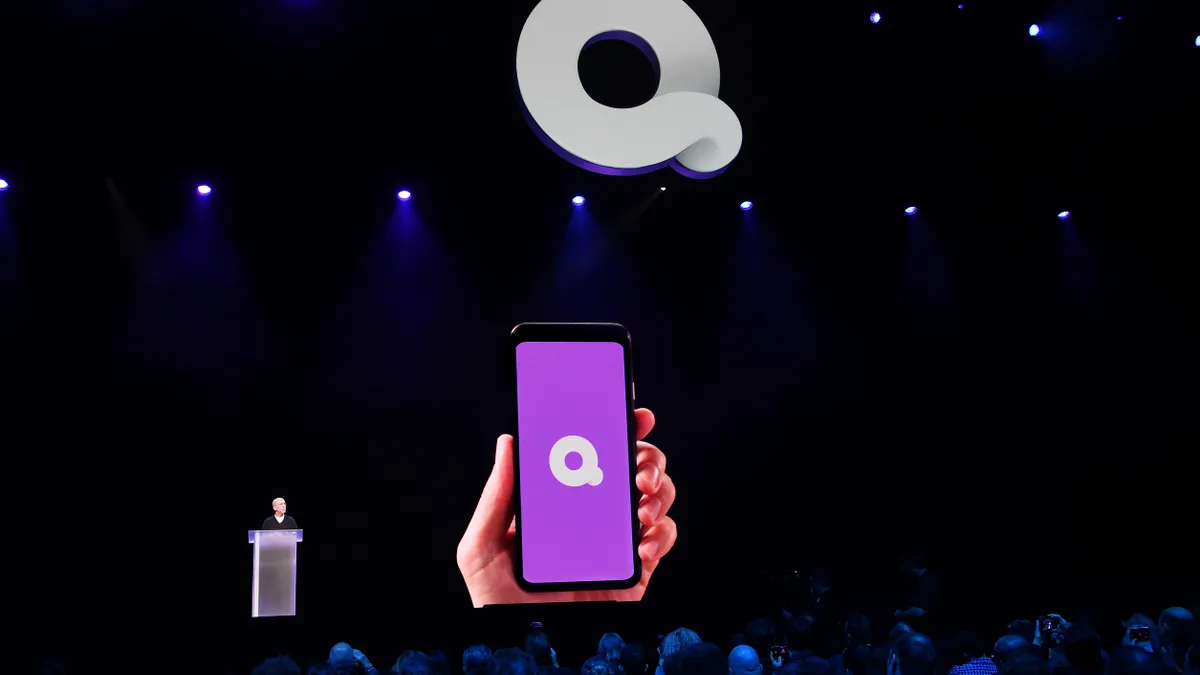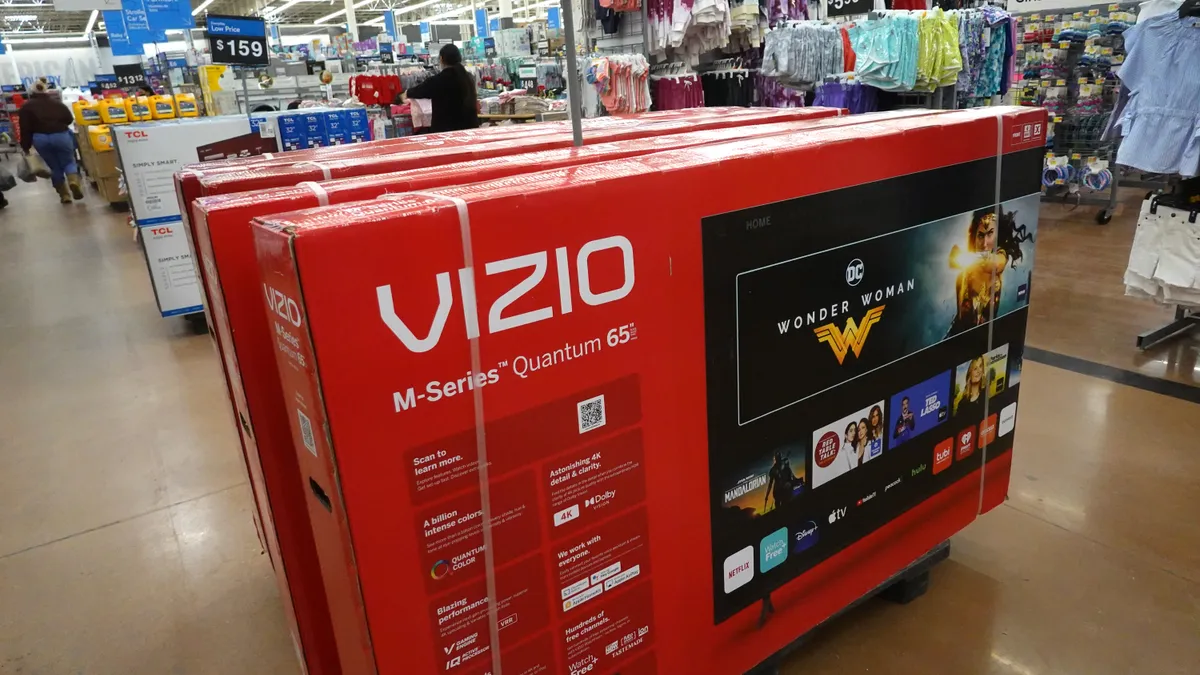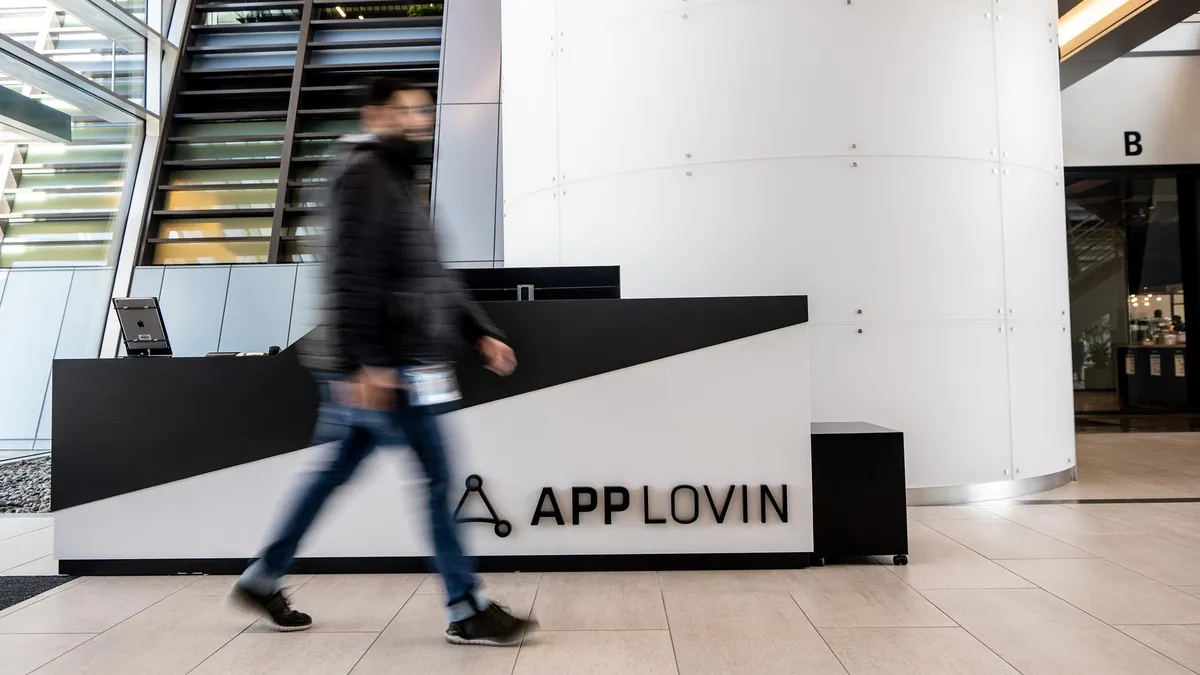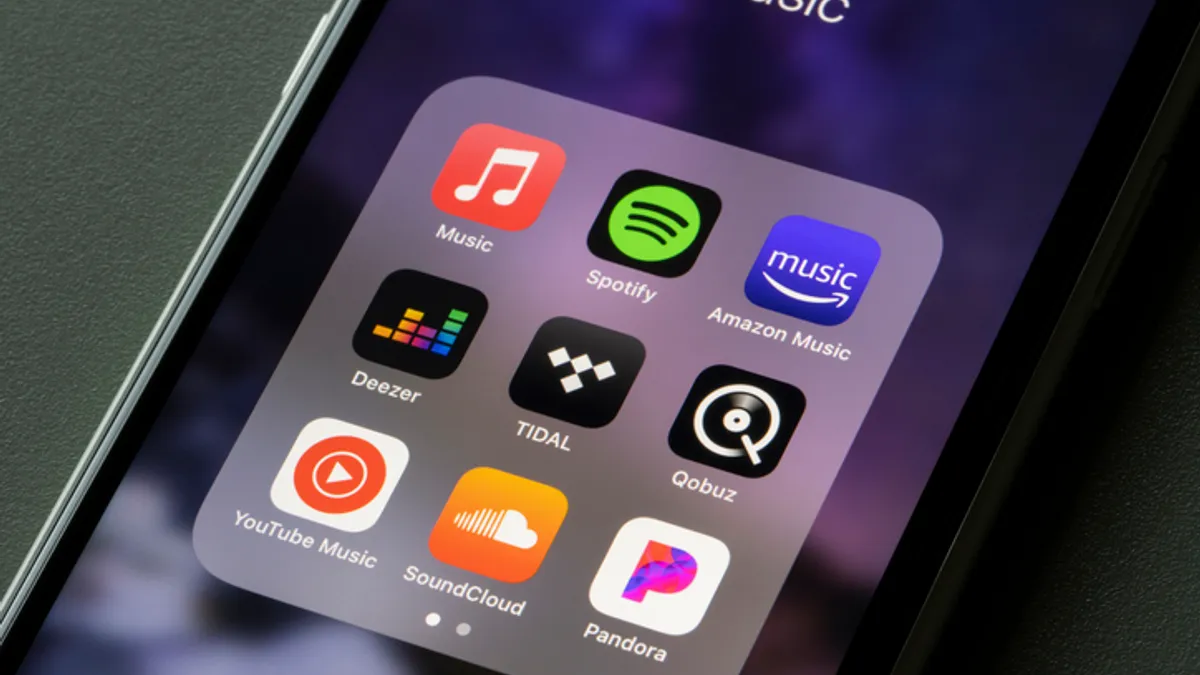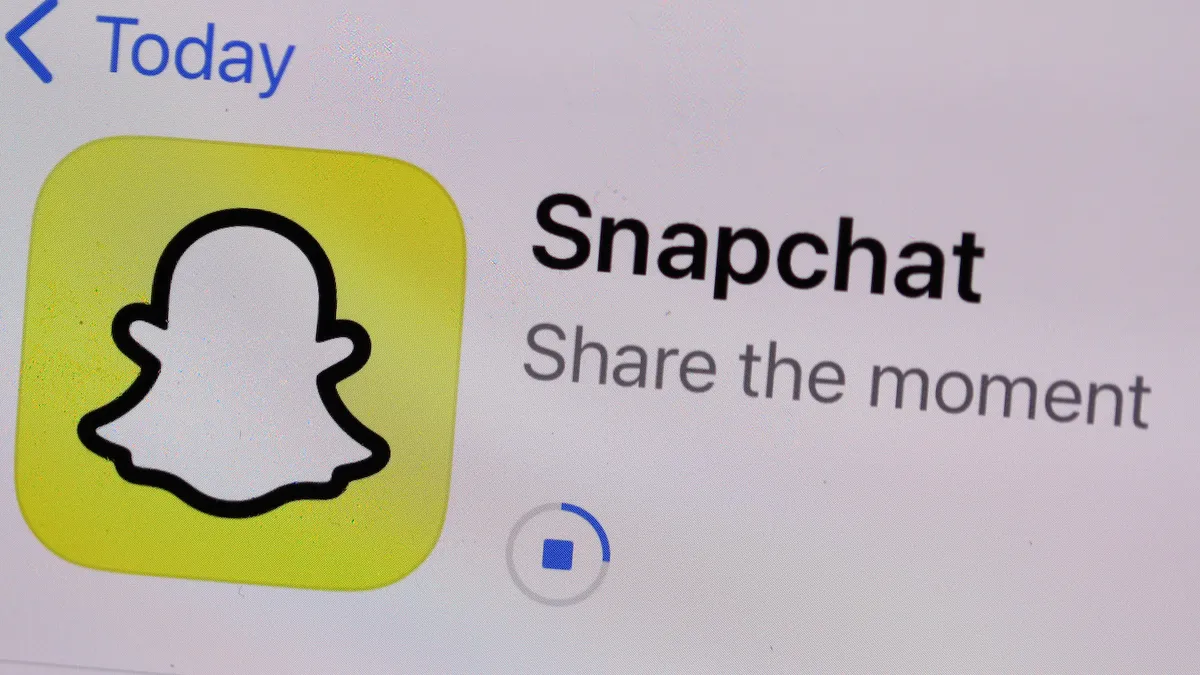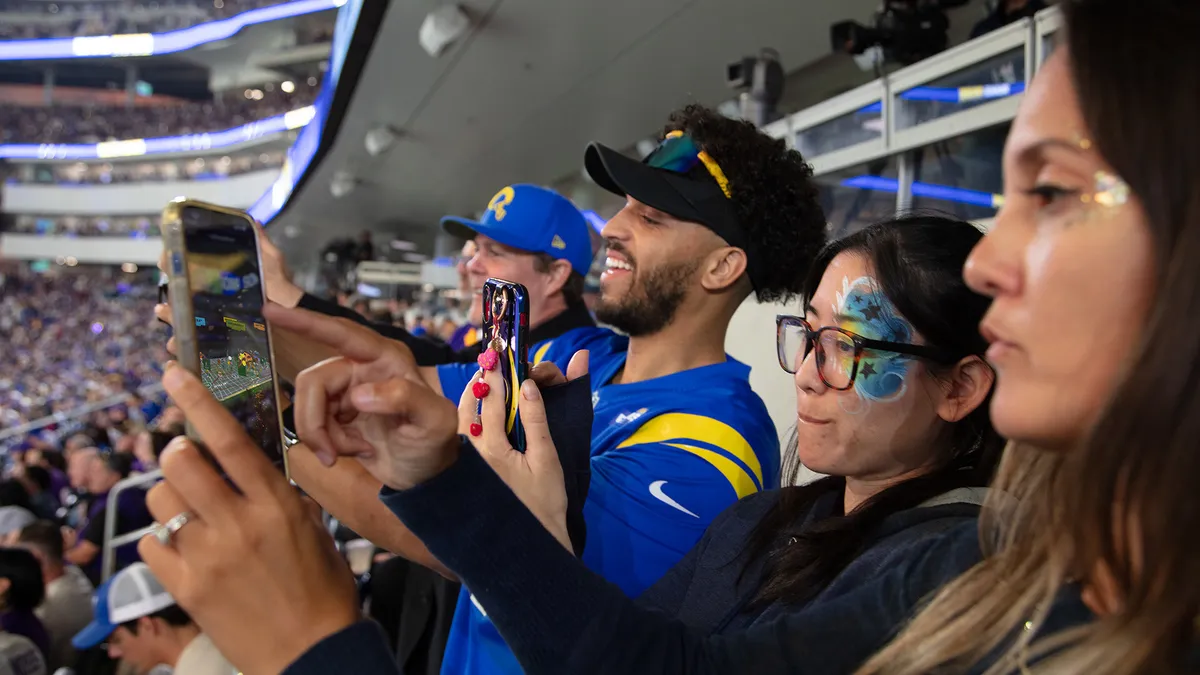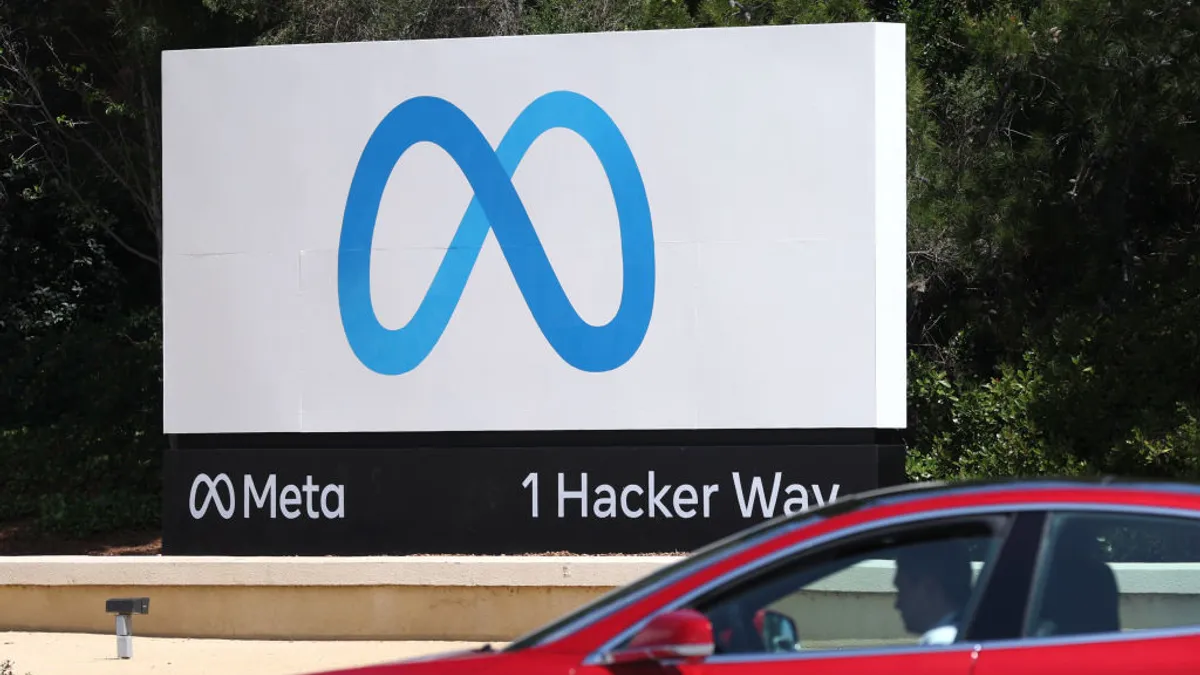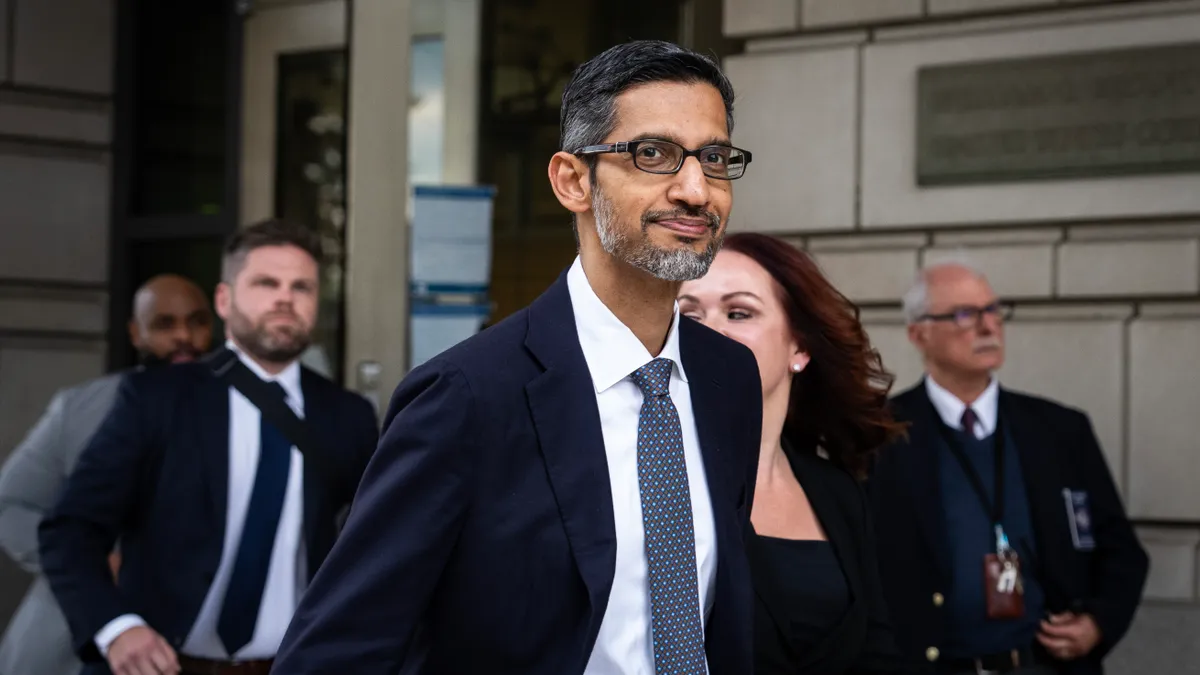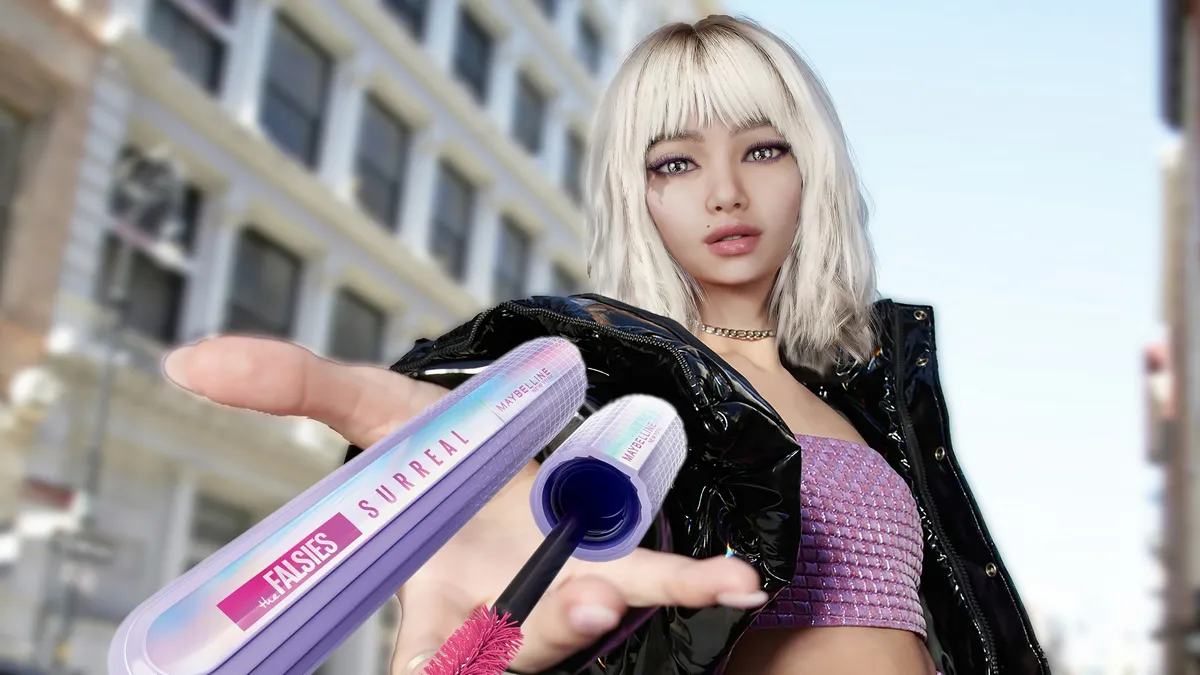Quibi, the mobile streaming service focused on short-form video content, will shut down after just six months in operation. The news, first reported by The Wall Street Journal and confirmed by the company Wednesday, marks a remarkable flameout for a startup that raised a head-turning $1.75 billion in capital under the promise that it would herald the "next generation of storytelling" — one primarily focused on the smartphone.
A decisive failure to capitalize on the high consumer demand for mobile video speaks both to the difficulties of jump-starting a new media venture in the crowded digital age and also what many critics perceived as hubris from the people running the show, with the service failing to deliver on critical fronts like content and distribution strategy. The app's closure, while expected by many industry watchers after recent reports that Katzenberg couldn't find a buyer interested in acquiring Quibi's catalog, is still likely to disappoint marketers that have long struggled to crack the code on monetizing premium mobile content.
As free social media apps like TikTok, Snapchat and Instagram continue to see blockbuster revenue and audience growth despite some considerable setbacks, marketers may cool on the idea of putting their chips behind subscription streaming that's centered on smaller screens. That type of paid programming is competitive enough already, as Netflix, Amazon, Disney, Apple and a number of networks and studios vie for the attention of homebound consumers, potentially tipping the space into overload territory.
"[We] may be approaching a point of [streaming video on-demand] saturation," Alex Brownsell, senior editor of media at the research firm WARC, said over email. "In the current economic climate, and when consumers can turn to free mobile video services like YouTube, Twitch and TikTok, it becomes harder to justify the additional expense in content that, frankly, no one is talking about."
Problems out of the gate
Quibi was notable not only for securing a massive amount of funding in the runway to its spring 2020 launch, but also for striking upfront deals with an impressive list of marketers, including Walmart, PepsiCo and AB InBev. With that degree of advertising buy-in and the continued adoption of mobile devices as a means to consume video, the app strove to break ground where similar offerings, like Verizon's go90 streaming service that shut down two years ago, severely missed the mark.
"When consumers can turn to free mobile video services like YouTube, Twitch and TikTok, it becomes harder to justify the additional expense in content that, frankly, no one is talking about."

Alex Brownsell
Senior editor of media, WARC
But Quibi's flaws became clear not long after its April 6 debut, which came just weeks after COVID-19 shut down large parts of the U.S. The bedrock problem centered around content.
Quibi insisted it would not stream licensed shows, and instead threw millions of dollars behind original offerings that starred celebrities like Chrissy Teigen, Kevin Hart and Anna Kendrick. Quibi's stable of big-league talent was not a focus in some of its early marketing, which included a Super Bowl ad that depicted outlandish scenarios when people might be watching the app, such as during a bank robbery.
The lack of established programming on Quibi at launch was partially motivated by the app's mobile-oriented format — including a turnstyle feature that let viewers view video both vertically and horizontally on their smartphone screen — but ended up being a grave miscalculation.
Less than 10% of people who downloaded Quibi at launch converted into paying subscribers after a 90-day free trial ended, according to researcher Sensor Tower. Blue-chip marketers that lent the app credibility quickly pushed to adjust their deal terms as numbers disappointed, the Journal previously reported.
"For all the A-list stars involved, the lack of buzz around its shows was remarkable," Brownsell said.
"One breakthrough hit might have changed the picture for Quibi, but it never arrived," he added, noting that production challenges related to COVID-19 put that path further out of reach.
Even with a hit show, Quibi would be in trouble. The primary viewing occasion for the service's programming — which was doled out in five- to 10-minute installments — was supposed to be downtime for on-the-move young consumers, such as commutes. With those options jettisoned by the coronavirus, Quibi had to compete with a variety of other platforms, including Netflix, Amazon and Disney+, that many people already had at home and could watch on bigger screens.
"Its target audience was always daytime audiences — students and young working people — to give them premium 'quick bites' throughout their day while they ordered their cappuccino," Peter Csathy, CEO of consulting firm Creatv Media, said over email. "Instead, with the [COVID] lockdown, that audience vanished in large numbers. And, Quibi never had a nighttime living room strategy."
Mobile-focused but not optimized
Initially, Quibi touted how it only functioned on mobile devices, meaning that consumers could not cast the app's content to their TVs or access it elsewhere. The square dedication to mobile makes some sense on paper, but the company failed to capitalize on the full benefits of the smartphone ecosystem, keeping its content far too insulated.
"Quibi never had a nighttime living room strategy."

Peter Csathy
CEO, Creatv Media
There were no meaningful social media integrations for users to share clips that excited them, meaning that Quibi stoppered a key channel to generating positive word-of-mouth. Similarly, the talent behind Quibi's content wasn't the influencers or creators that capture the attention of Gen Z and millennials, but instead the types of megastars Quibi's target age groups have expressed less interest in.
"Quibi's content was not social," Csathy said. "It was incredibly difficult to share and, hence, scale and succeed."
Among the small number of people who did stick with the app, many were frustrated with the experience. Satisfaction was particularly low on the technical side, with users complaining about difficulties in doing something as simple as fast-forwarding and rewinding, per a Kantar analysis shared with Marketing Dive.
Charging a monthly subscription fee to access said content — Quibi's cheapest tier was $5, while its most expensive, ad-free package ran $8 — also raised eyebrows given the number of free apps offering mobile video entertainment.
"Quibi got its business model wrong," Csathy said. "Its target market is very content with its free ad-supported content offerings."
Some of these pain points, like not letting users cast Quibi to TV, were raised early in the app's gestation phase, but downplayed by leadership. Katzenberg, a well-established Hollywood mogul known for his dealmaking prowess, and Quibi co-founder and chief executive Meg Whitman repeatedly seemed to hand-waive criticism, and forged ahead with their April launch plan even as it became clear the pandemic would create significant hurdles. Katzenberg eventually came to blame Quibi's rocky rollout largely on COVID-19.
Only at the end was there a serious admission that the core concept behind Quibi — that people would pay a monthly fee to watch premium video exclusively on mobile — might not hold up. For now, Quibi stands out mostly as an object lesson in how not to build a streaming brand, having misfired in its presentation, content slate, functionality and distribution strategy.
"With the dedication and commitment of our employees and the support we received from our investors and partners, we created a new form of mobile-first premium storytelling," Katzenberg and Whitman wrote in a Medium post announcing the app's demise. "And yet, Quibi is not succeeding. Likely for one of two reasons: because the idea itself wasn't strong enough to justify a standalone streaming service or because of our timing.
"Unfortunately, we will never know but we suspect it's been a combination of the two," they added.
Chris Kelly and Chantal Tode contributed to this report.



